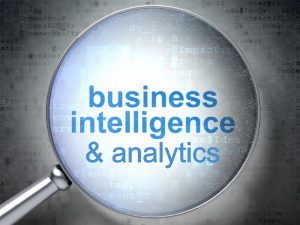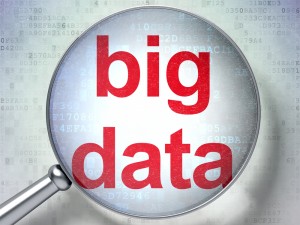
Featured Content

Data Catalogs – Governing & Provisioning Data in a Data Driven Enterprise (16 October 2024, Stockholm)

Data Strategy: Building The Foundation of a Data-Driven Enterprise (13-14 November 2024, Italy Livestream Training)

Data Catalogs: Governing & Provisioning Data in a Data Driven Enterprise (12 December 2024, Italy Livestream Training)

Smart Infrastructure & Smart Applications for the Smart Business – Infrastructure & Application Performance Monitoring
Blog
Enterprise Information Integration Architecture
This blog entry is co-authored by Mike Ferguson and William McKnight (link) and is being cross-posted on our blogs.
When you’ve decided the appropriate forays into EII (staying away from the times NOT to use EII) and you’ve <selected your product, you will need to architect it into your information management environment.
The process of getting the EII tool to learn about a data source is called mapping. From this exposure to the underlying sources, you can use the EII tool to create a virtual schema, which will be used on data access. All EII applications will then see and use the single virtual schema.
The technical base of the data sources can be relational databases, packaged applications, file servers, web services and potentially numerous other data stores, operational and decision support, e.g. data warehouses. Indeed, this will be a major criterion of your tool selection. EII platforms differ somewhat in the data source types supported.
Generally, one of these EII instances per environment with multiple data sources is all that is necessary. If your users already use a portal to access information systems, the EII platform can become another of the underlying data stores accessed from the portal.
Applications built on the EII platform can support SQL, XQuery for XML, ODBC, JDBC, and other APIs to access the heterogeneous data sources hidden by virtual view(s) defined in the EII platform.
The implementation of EII in an environment is often the first time that an organization will be capable of providing users with access to an integrated view of both their operational and the post-operational environments. A big decision in your EII architecture will be if you want to expose this fact to the user and for what kind of use should you make such views available. Many organizations start out by leveraging their EII investment to rapidly produce operational and regulatory reports that require data from heterogeneous sources. More mature implementations of EII, in environments that have already been able to shield users from underlying architecture elsewhere in the data access environment, should successfully be able to continue this practice.

Register for additional content
Register today for additional and exclusive content - informative research papers, product reviews, industry news.






